May 16, 2025 | 06:45 GMT +7
May 16, 2025 | 06:45 GMT +7
Hotline: 0913.378.918
May 16, 2025 | 06:45 GMT +7
Hotline: 0913.378.918

Soc Trang veterinary officers guide poultry farming households on disease safety measures. Photo: Kim Anh.
Soc Trang is one of the localities with a large total flock of poultry in the Mekong Delta region. The province’s poultry flock has nearly 7 million heads with an annual meat output of over 23 million tons. However, 96% of farming households are still small-scale. The risk of disease outbreaks during the period of seasonal change is very high.
In Dai Hai commune, Ke Sach district, in order to reduce disease risks, many households have turned to investing in upgrading the barn facility to make it more solid and developing a large-scale poultry farming model with a population of less than 2,000 heads/farm.
In particular, the District Animal Husbandry and Veterinary Station assigned staff to implement the work of monitoring and preventing bird flu outbreaks at each farm and instructing farmers to apply measures to ensure disease safety.
According to Mr. Luu Minh Chi, Head of the Ke Sach Animal Husbandry and Veterinary Station, farmers are mobilized to apply the quarantine farming measure and clinically monitor newly arrived poultry flocks. At the same time, farmers are also instructed to strengthen the caring and raising stages, thanks to which the poultry flock can improve their resistance.
In addition, the specialized branch also regularly controls the transportation of animals and animal products imported into the area and carries out the periodic disinfection month. To be more specific, since the beginning of the year, the station has deployed two campaigns of general cleaning and disinfection, especially focusing on the market area of Ke Sach town, where poultry samples positive for H5N1 bird flu used to be detected.
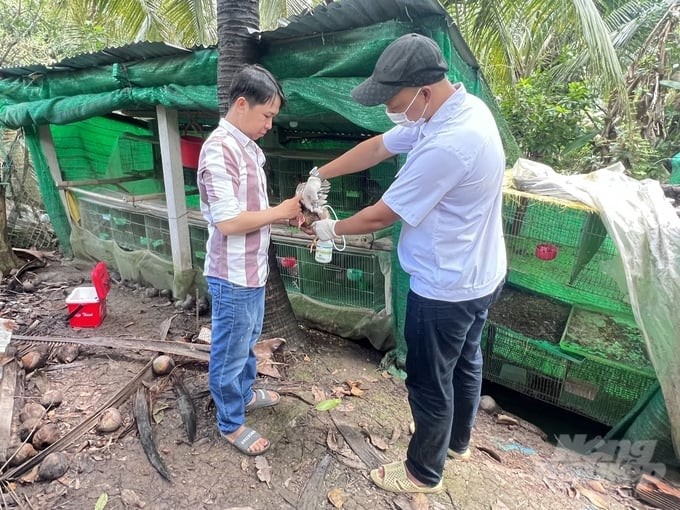
Vaccination is considered one of the most effective disease prevention solutions for the poultry flock during the current period of seasonal change in Soc Trang. Photo: Kim Anh.
Besides raising poultry in cages in low-lying localities of Soc Trang province, such as My Tu district, many farmers take advantage of the field area to raise ducks in the fields to replace the autumn-winter rice crop.
In order to ensure the work of disease management and surveillance, the District Animal Husbandry and Veterinary Station coordinated with the People's Committees of communes to review and grasp information on farming households and the number of freely raised ducks to effectively deploy vaccination for poultry. As of the end of August 2023, the vaccination rate for poultry throughout My Tu district had reached 104% of the plan. Of which, over 743,000 chickens and ducks were vaccinated.
According to the results of monitoring the circulation of bird flu viruses, since 2022 in Soc Trang province, none of the H5N1 and H5N6 bird flu viruses have been detected in surveillance samples. However, the virus is characterized by a very complicated transmission route, so smallholding farming practices do not ensure disease safety, especially the disease that can be transmitted from poultry to humans if exposed through raising animals or eating infected poultry meat.
The Soc Trang Sub-Department of Livestock Production and Animal Health recommends that farmers comply with regulations on having poultry vaccinated. The farming barn must ensure hygiene and be regularly disinfected to kill pathogens. People need to wear masks when exposed to poultry, regularly wash their hands with soap, and not eat poultry that is sick or has died of an unknown cause.
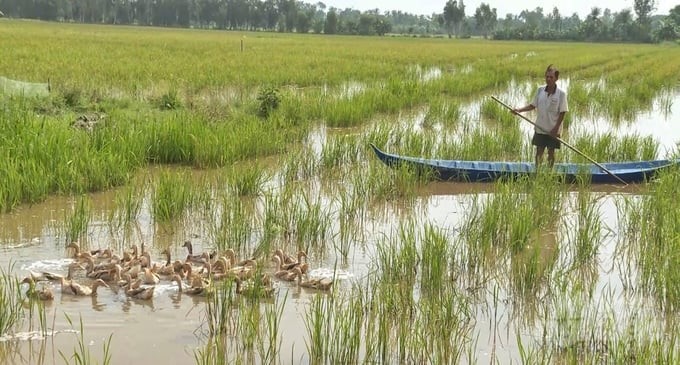
Ducks raised in the fields often move freely in the fields, and in some cases, they move to different areas, potentially risking the spread of disease. Photo: Kim Anh.
Mr. Nguyen Van Muoi Hai, Deputy Head of the Department of Animal Husbandry and Veterinary Medicine (Soc Trang Sub-Department of Livestock Production and Animal Health), assessed that in recent years, the situation of poultry farming in the province has changed positively. It can be mentioned that the number of small-scale farming households has reduced and shifted to concentrated farming farms associated with ensuring biosafety practices in livestock farming.
Like many other infectious diseases, vaccination is an effective disease prevention and control measure for the poultry flock. In addition to bird flu vaccination, farming households need to have their poultry flocks vaccinated against common diseases such as Marek, Gumboro, fowl pox, cholera, fowl cholera for chickens, hepatitis, cholera for ducks, etc. Farmers need to follow the vaccination schedule recommended by the local veterinary agency to ensure economic efficiency. At the same time, the local veterinary agency recommends farmers not raise different types of poultry on the same farm, take measures to import together or export together, and keep the poultry that are newly entered into the flock in isolation for at least two weeks.
Translated by Huyen Vu Thu
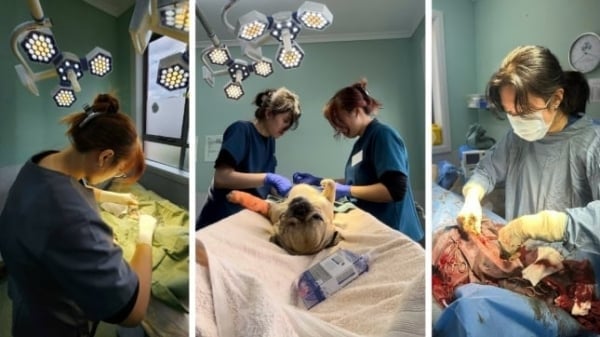
(VAN) Veterinary training should focus on quality, not just quantity. Veterinarians also need more options to pursue specialized training.
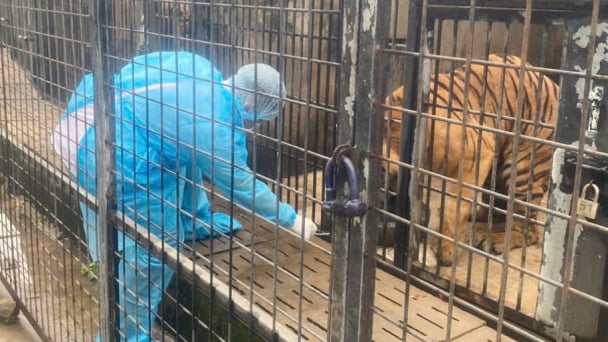
(VAN) The veterinary industry needs to be viewed objectively and further invested in to properly demonstrate its role and importance in the new context.

(VAN) The number of veterinarians graduating each year is not enough to meet actual needs, hence a difficult problem for the growing livestock industry.
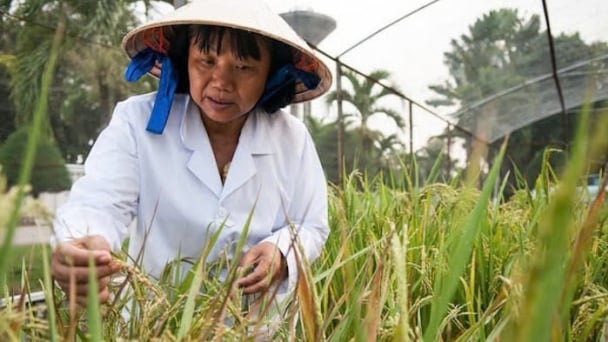
(VAN) The strategic partnership between Cambodia, the Philippines, Vietnam, and CGIAR ensures that innovative solutions effectively address national priorities for food system development.
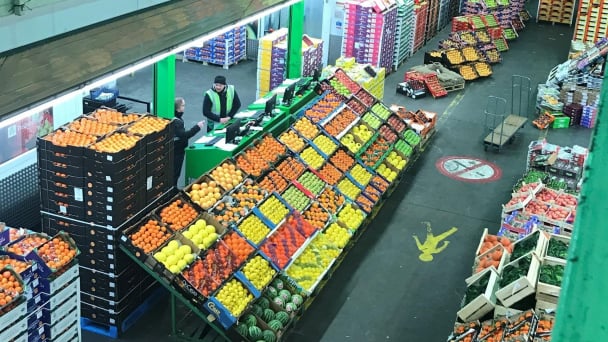
(VAN) This was affirmed by the UK Minister of State at the Department for Environment, Food and Rural Affairs during a working session with Deputy Minister Tran Thanh Nam on May 13.

(VAN) On May 13, the Ministry of Agriculture and Environment, in coordination with the Embassy of Vietnam in the United Kingdom, organized a seminar titled 'Connecting trade in Vietnam-UK agricultural, forestry, and fishery products'.
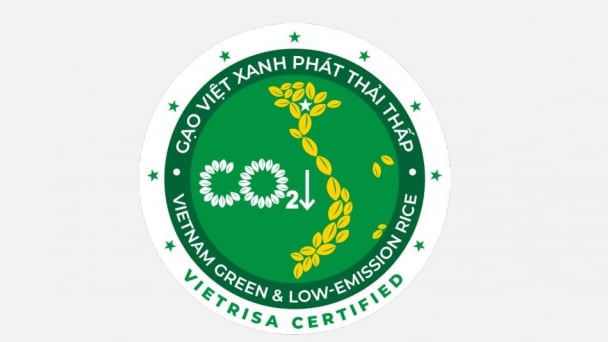
(VAN) The launch of the Vietnam green and low-emission rice brand is a positive signal for both businesses and farmers, marking readiness to reach new heights in the global market.